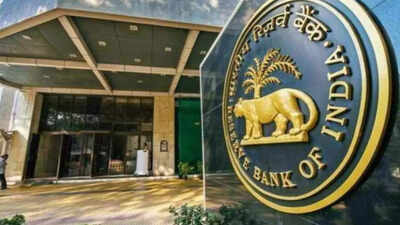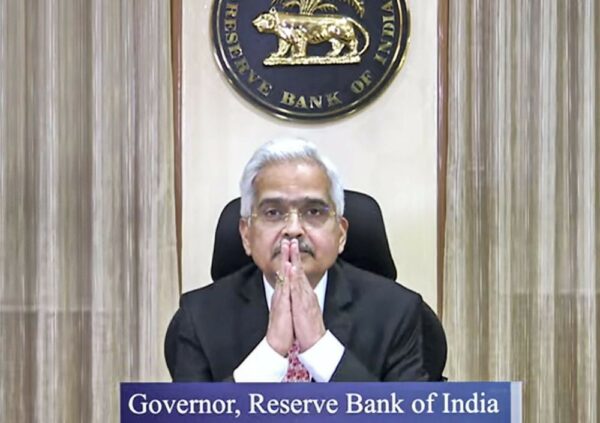Inflationary pressures likely to continue going forward on geopolitical tensions: RBI

Inflationary pressures likely to continue going forward on geopolitical tensions: RBI
The adverse effects of the unprecedented high global food prices due to the ongoing geopolitical situation is reflected in the domestic market as well, and going forward inflationary pressures are likely to continue, RBI Governor Shaktikanta Das said on Wednesday.
In an off-cycle Monetary Policy Committee (MPC) meeting during May 2-4, the Reserve Bank on Wednesday announced a hike in the key repo rate — at which it lends short term money to banks — by 0.40 per cent to 4.40 per cent with immediate effect.

However, the central bank has not tinkered with its inflation projection announced in April this year.
Das said that the action of the Reserve Bank of India (RBI) should be seen as “growth positive” aimed at containing inflation and supporting growth.
The retail inflation that has remained stubbornly above the RBI’s upper tolerance level of 6 per cent for the last three months and the ongoing war between Russia-Ukraine has pushed the inflation in almost commodities across the globe.
RBI projected the retail inflation to be at 5.7 per cent in the current fiscal year.
“Confronted by elevated inflationary pressures that have shifted the future trajectory of inflation upwards, we have announced our intention to engage in withdrawal of accommodation to ensure that inflation remains aligned to the target,” Das said.
Consumer Price Index (CPI)-based retail inflation rose to nearly 7 per cent in March mainly due to the impact of adverse spillovers from unprecedented high global food prices, RBI said.
Nine out of the twelve food sub-groups registered an increase in inflation in March.

“High frequency price indicators for April indicate the persistence of food price pressures. Simultaneously, the direct impact of the increases in domestic pump prices of petroleum products beginning the second fortnight of March is feeding into core inflation prints and is expected to have intensified in April,” Das said while reading out his statement.
Looking ahead, food inflation pressures are likely to continue, he said.
“Spillovers from global wheat shortages are impacting domestic prices, even though domestic supply remains comfortable. Prices of edible oils may firm up further due to export restrictions by key producing countries and the loss of sunflower oil output due to the war. Elevated feed costs are translating into escalation in poultry, milk and dairy product prices,” he said.
Besides, the international crude oil prices continue to hover above USD 100 per barrel and this is prompting passthrough to domestic pump prices.
The risks of unprecedented input cost pressures translating into yet another round of price increases for processed food, non-food manufactured products and services are now more potent than before, the governor said further.
“This could strengthen corporate pricing power if margins get squeezed inordinately. To sum up, the strengthening of inflationary impulses in sync with the persistence of adverse global price shocks poses upward risks to the inflation trajectory presented in the April MPC resolution,” Das said.
He said that sustained high inflation inevitably hurts savings, investment, competitiveness and output growth. It has pronounced adverse effects on the poorer segments of the population by eroding their purchasing power.
“I would, therefore, like to emphasise that our monetary policy actions today aimed at lowering inflation and anchoring inflation expectations will strengthen and consolidate the medium-term growth prospects of the economy,” he said.

Reiterating that the RBI remains steadfast in its commitment to contain inflation and support growth, Das said inflation must be tamed in order to keep the Indian economy resolute on its course to sustained and inclusive growth.
“The biggest contribution to overall macroeconomic and financial stability as well as sustainable growth would come from our effort to maintain price stability,” he added




